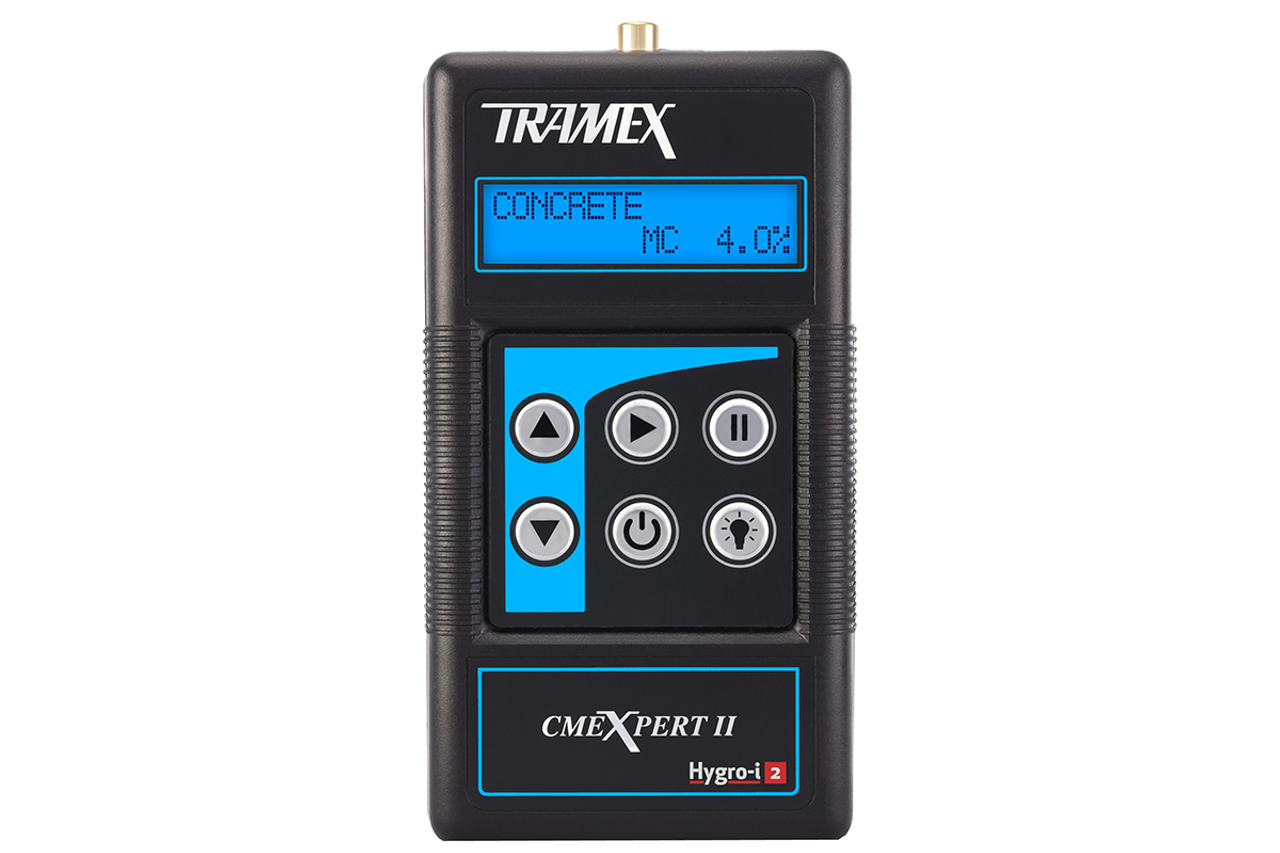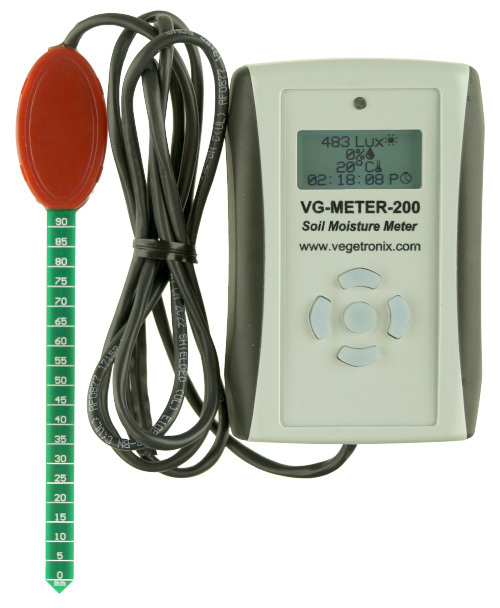Why Every Homeowner Needs a Moisture Meter: Secret Advantages and Features
Why Every Homeowner Needs a Moisture Meter: Secret Advantages and Features
Blog Article
Comprehending the Importance of a Moisture Meter in Preventing Mold and Water Damage in your house
In the world of home maintenance, the visibility of dampness can frequently be a silent yet formidable opponent, qualified of triggering pervasive mold and mildew growth and perilous water damage if left unattended. Comprehending the relevance of a wetness meter in this battle is not just an alternative however a calculated necessity.
Value of Moisture Discovery
Effective moisture detection approaches are crucial for safeguarding buildings and avoiding potential mold and mildew development and water damages. Wetness can leak right into various structure products, resulting in structural issues and health and wellness dangers. By utilizing a dampness meter, homeowner can proactively determine areas susceptible to excess moisture, enabling prompt treatment and reduction approaches.
Moisture meters offer accurate analyses of dampness levels in various products such as concrete, wood, and drywall. This information helps in identifying locations of problem, also in surprise or hard-to-reach areas. Early discovery of dampness build-up makes it possible for timely fixings or modifications to stop further damages.

Exactly How Moisture Meters Work
Moisture meters play an essential duty in the positive identification of excess dampness, aiding in the prevention of possible mold growth and water damage by offering precise analyses of moisture levels in various building products. These devices work based upon various principles, depending upon their type. Moisture Meter. Pin-type dampness meters, for instance, have 2 pins that pass through the material to measure the electrical resistance in between them. When moisture exists, it boosts the material's conductivity, resulting in a reduced resistance analysis. Pinless wetness meters, on the other hand, usage electromagnetic sensors to scan the material without causing damage. These sensing units release electromagnetic signals that permeate the material and gauge the dielectric properties, indicating wetness material. Some advanced wetness meters pin both integrate and pinless modern technologies for thorough wetness discovery. Recognizing how moisture meters feature is crucial for prompt and precise moisture degree assessments, allowing reliable preventive procedures versus mold and mildew and water damage.
Detecting Early Warning Signs
Upon initial assessment of a residential property, recognizing subtle indicators of excess dampness becomes critical in the very early detection of potential mold development and water damages. Some common early caution indications consist of moldy smells, water stains on ceilings or wall surfaces, peeling off paint or wallpaper, and deformed or tarnished surfaces. Mildewy odors frequently indicate the presence of mold or mold, even if no noticeable signs are apparent. Water discolorations can signify leakages or seepage, while peeling paint or wallpaper may be a result of moisture jeopardizing the bond of these products to the surface. Distorted or blemished surface areas, such as twisting floorboards or blemished drywall, are clear signs of water damage. Furthermore, a rise in allergy signs and symptoms or respiratory system problems amongst residents might recommend the presence of mold and mildew as a result his response of excess moisture. By promptly identifying and resolving these early warning indicators, property owners can alleviate the risk of substantial mold and mildew growth and water damages in their residential properties.
Avoiding Mold Growth
Acknowledging very early caution indications Continued of excess wetness within a property not just makes it possible for punctual discovery of prospective mold development and water damages however also serves as an aggressive step in preventing the proliferation of mold and mildew. To properly stop mold development, it is critical to attend to any type of sources of dampness immediately. This can include fixing leakages in pipes, home windows, or roofings, guaranteeing correct air flow in moist locations like cooking areas and restrooms, and making use of dehumidifiers in high-humidity areas. Frequently preserving the residential or commercial property and evaluating's plumbing, roofing, and gutters can additionally assist in preventing water invasion that can result in mold and mildew development.
Monitoring wetness levels in locations susceptible to wetness, such as cellars and creep areas, using a dampness meter can additionally help in early discovery of elevated moisture degrees and prospective mold development - Moisture Meter. By taking positive measures to protect against excess wetness and mold development, house owners can protect their residential or commercial property and interior air top quality.
Benefits of Normal Monitoring
Normal monitoring of wetness levels in a building can play an important function in preserving a healthy and balanced interior setting and protecting against potential mold and water damage. By routinely inspecting wetness levels, property owners can find any kind of concerns without delay and take essential activities to avoid mold growth and water damage.
Moreover, normal monitoring permits homeowners to track patterns and patterns in wetness levels over time. Inevitably, the constant surveillance of wetness degrees equips homeowners to secure their home, safeguard their health and wellness, and preserve the stability of their interior atmosphere.

Conclusion

By making use of a moisture meter, home owners can proactively determine areas susceptible to excess wetness, enabling for prompt treatment and mitigation techniques.

Keeping an eye on wetness levels in areas prone to wetness, such as cellars and creep areas, utilizing a moisture meter can also assist in very early discovery of elevated moisture levels and possible mold and mildew growth. (Moisture Meter)
Report this page